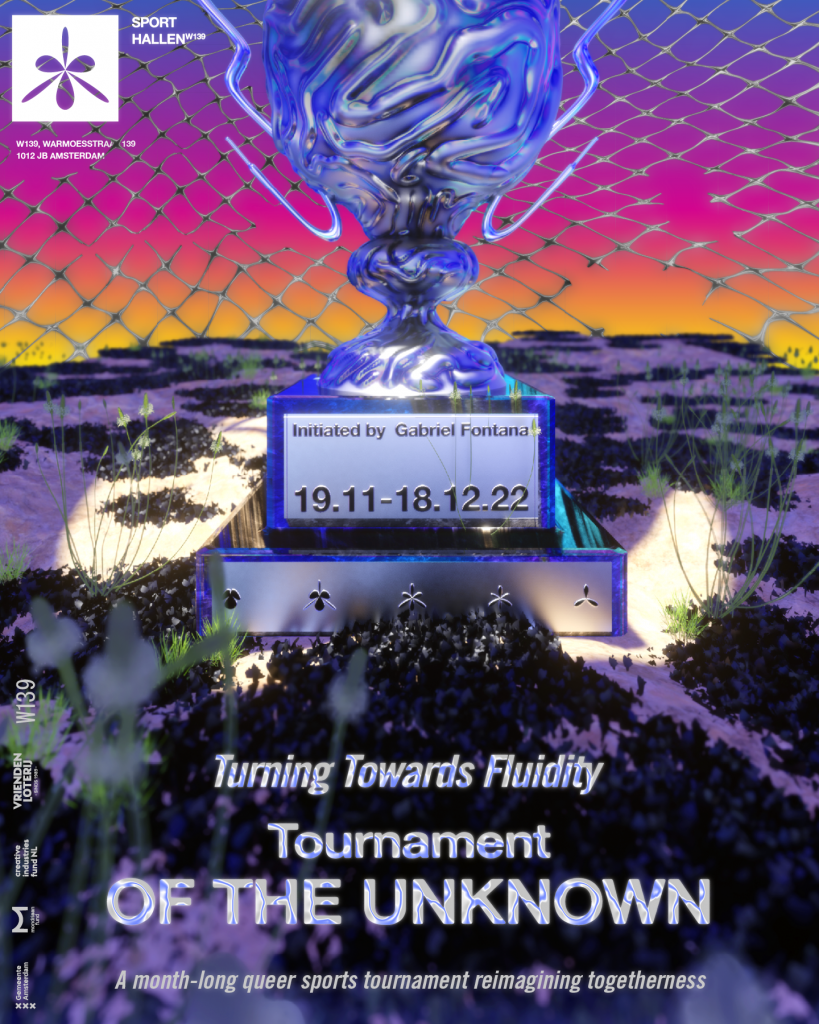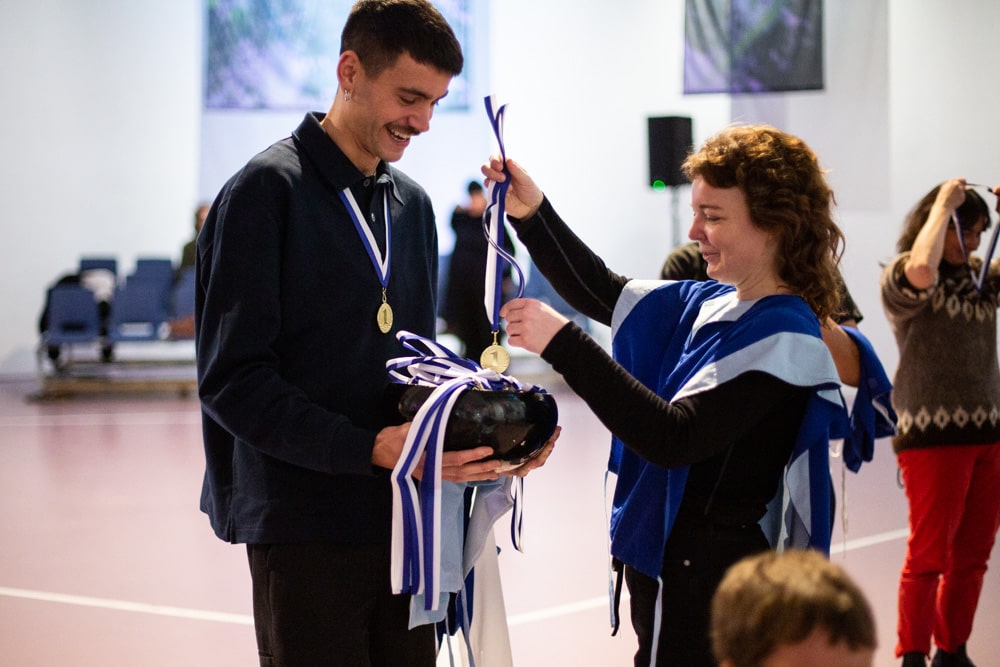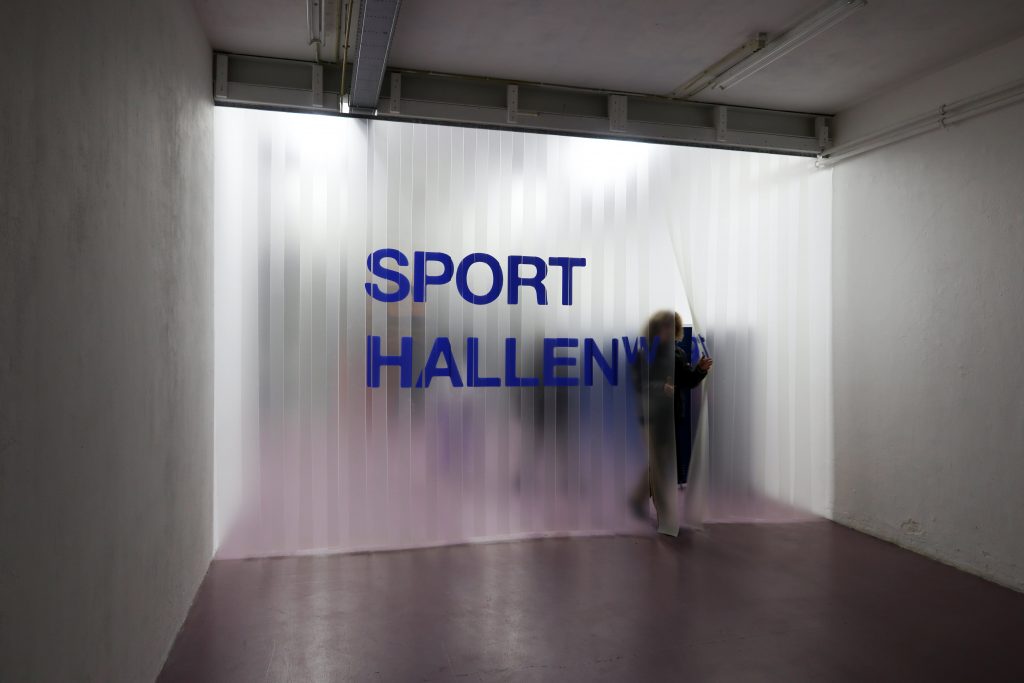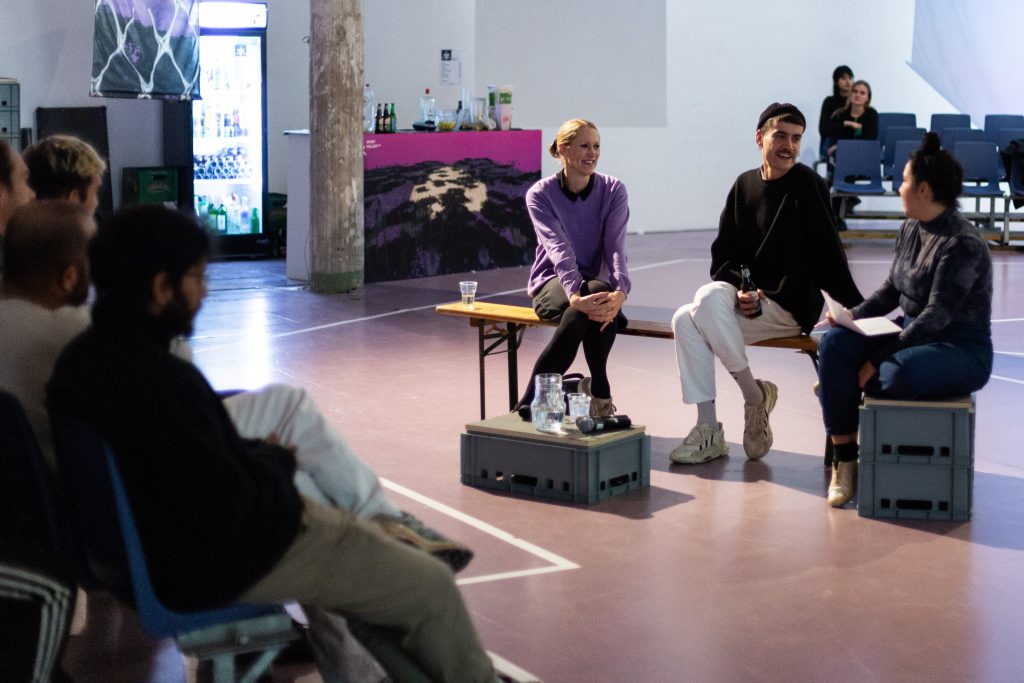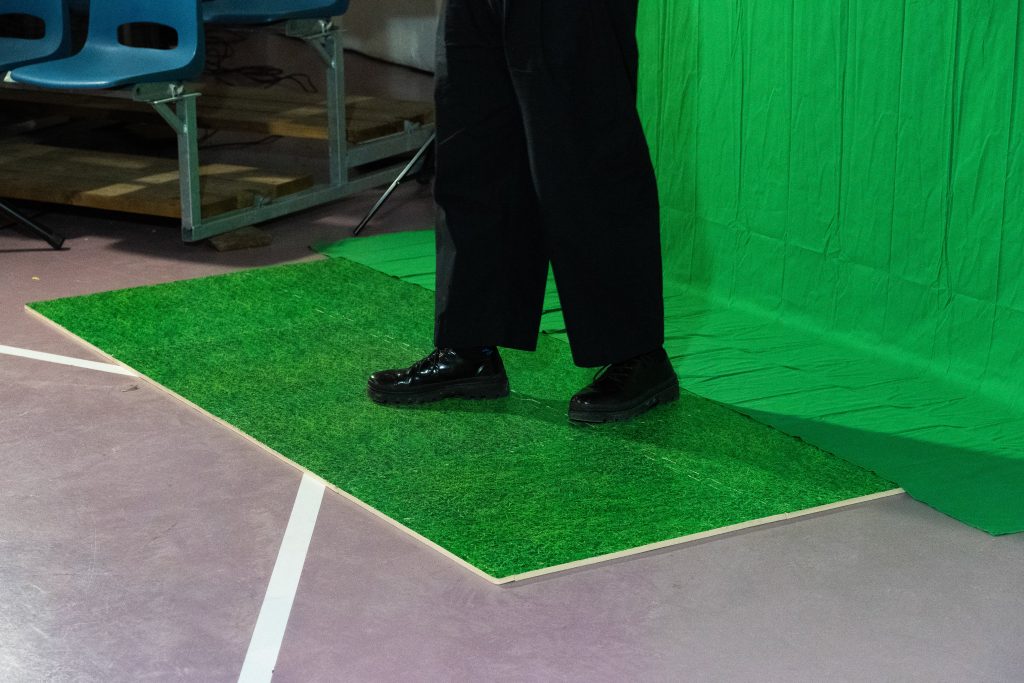Power Plays: Film Screening Avond
Ronnie Close
More out of Curiosity
26:07 minutes, single-screen, 16:9, HD Digital Video, 2014.
One of the key players in the new emergent political debate are Egypt’s fanatical football supporters, the Ultras. Although affiliated to different teams in the domestic league they often joined forces in street protests to remove Hosni Mubarak in January 2011. The controversy over the 2012 Port Said incident when 72 Al-Ahly fans were killed in an orchestrated attack forced the Ultras back onto the streets. They mounted a successful political protest campaign against the state forces that culminated a year later in legal conviction and a sense of retribution.
More Out of Curiosity is a film work drawing on documentary narratives to frame the capacity of resistance in current social movements. This film is constructed from video footage drawn from a number of sources, including the Al-Ahly Ultras themselves who shared their video archive material. The assemblage of images of street protests, football games, riots and banner making helps stitch together a narrative to expose their unique local subculture in an overlapping meta-documentary format. The film work is bookended by the Port Said incident and the court verdict a year later. This structure is divided into seven scenes which define and categorize the video imagery. No voiceover resists the direct deciphering of the video material and the film operates on an instinctive, visceral level driven by a charged soundtrack.
Pia Lindman
Sports Arenas (series), 2000-2004
Many of Lindman’s video works focus on how the built environment relates to the social interaction it is designed to contain. In this series of video works—including Viewing Platform, 2002; Shea Stars Flashes, 2004; and Game-Time, 2001—Lindman uses a video camera to record changes of light and movements in space and time within sports arenas and stadiums. The video works are filmed from a fixed camera position and the video footage is then made transparent and cut into one-minute segments. These segments are then layered on top of each other. During one minute the viewer sees the entire 60-minute video in real time, however simultaneously as multiple layers. Among other spaces, she has shot baseball stadiums and other sports arenas in New York, contrasting the monumental structure of the stadiums to the fluctuating density of the audience.
Presentation of this video work series is courtesy of the artist and New York MoMA.
Florian van Zandwijk
Our human and technological sensorial perceptions are inseparably connected and constantly shaping each other in today’s digital age; this fact usually serves as the basis for Van Zandwijk’s projects. With a simple intervention or through written or visual essays, Van Zandwijk researches topics from his own perception and hypothesis about present human and non-human Ways of Seeing. In this way van Zandwijk tries to provide insight into and make a statement about contemporary themes involving the biases and limited capacities of human and technological perception. Such themes are; social media, mass-surveillance and computer vision.
The Ball, The Field, The Arena
In his book Homo Ludens (1938) Dutch cultural theorist Johan Huizinga suggests that play is both a primary and a necessary condition for generating culture. The game of football—the biggest globalised manifestation of organised play—is taken in The Ball, The Field, The Arena as a metaphor for the inseparable relationship humans have with culture, play, and our own technological developments. By zooming out from the ball to the field into the arena, the work shows that human culture is not only shaped via play but that our play is equally shaped by the technology we create—the two engaging in a mutual relationship with one another.

